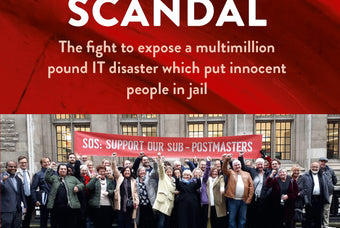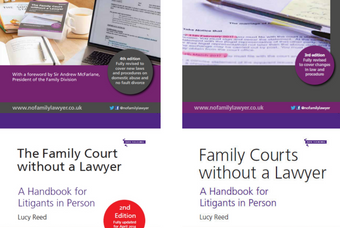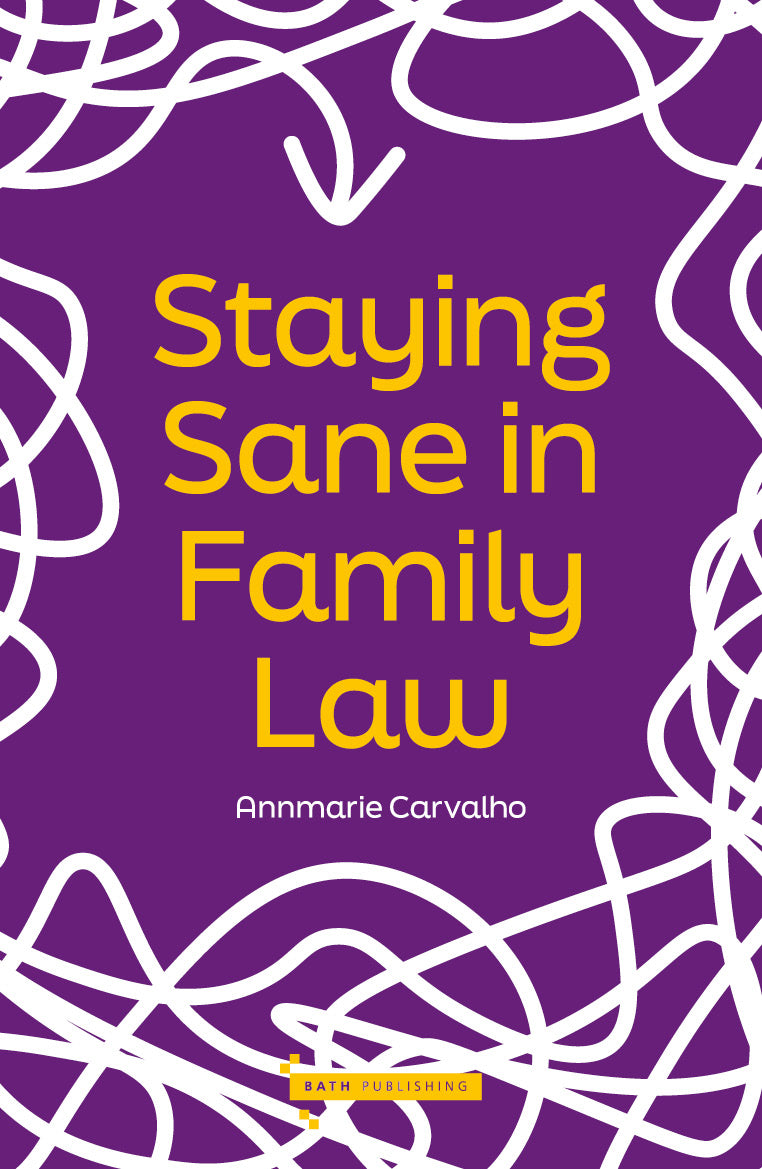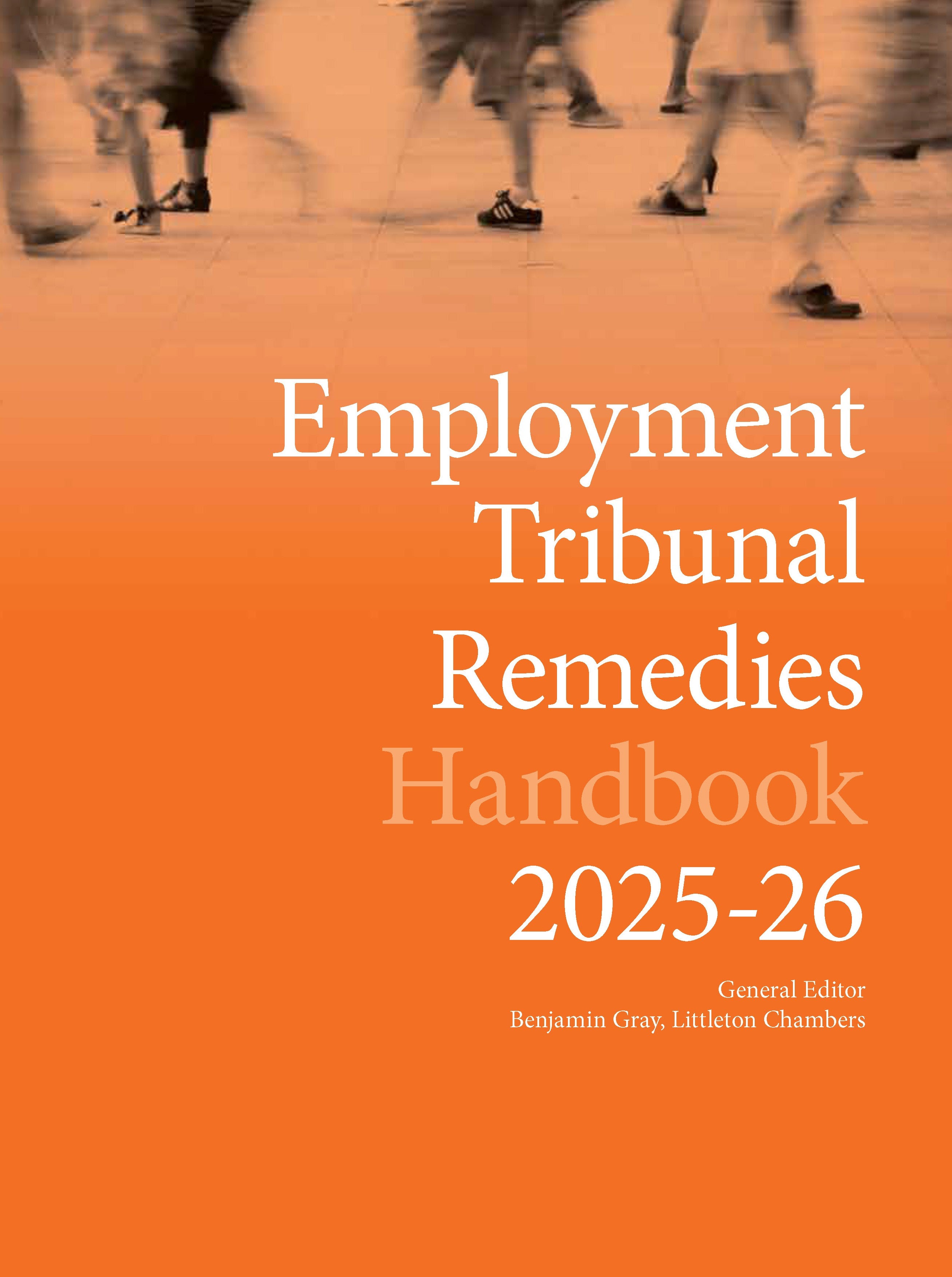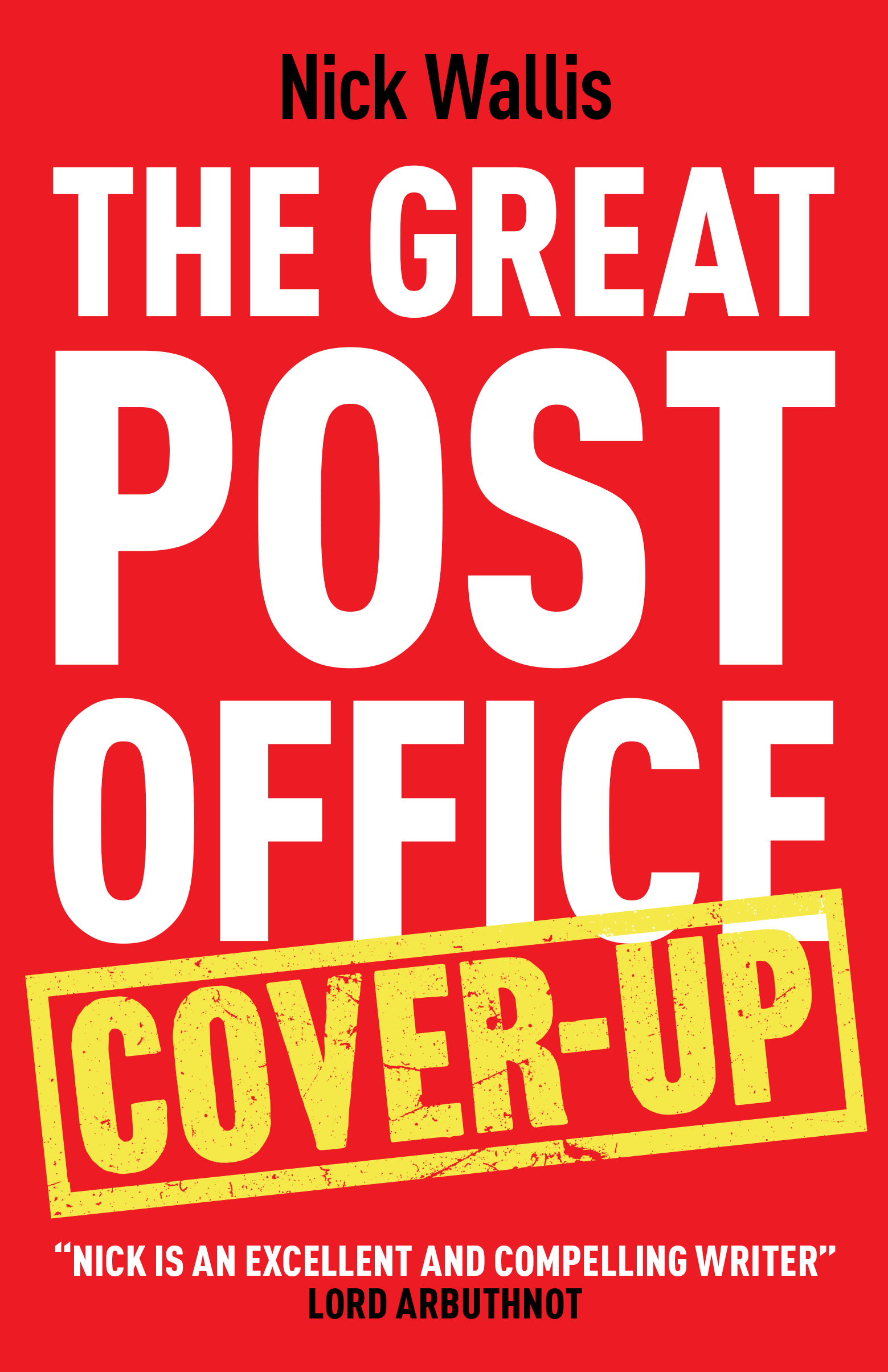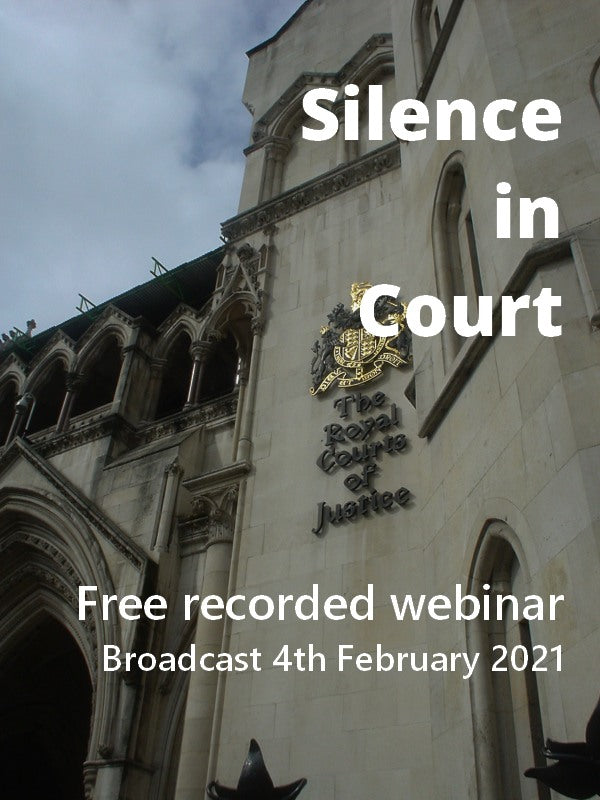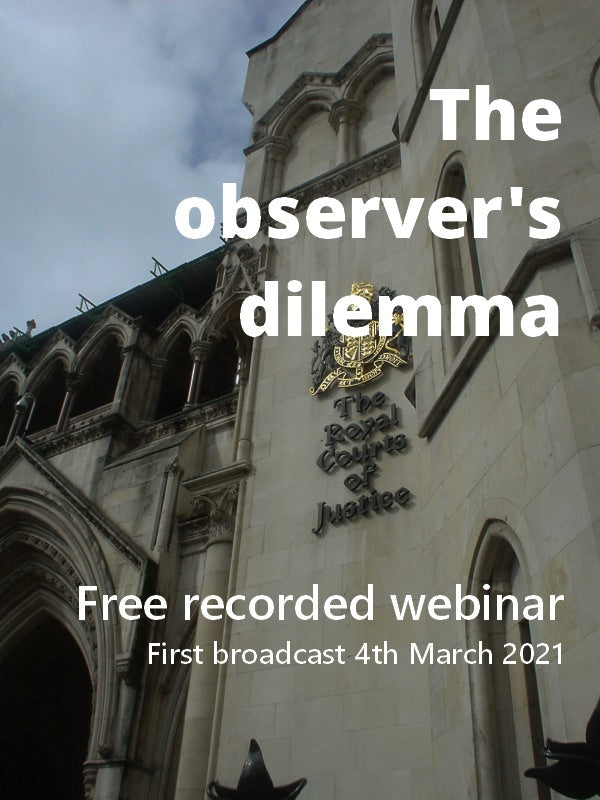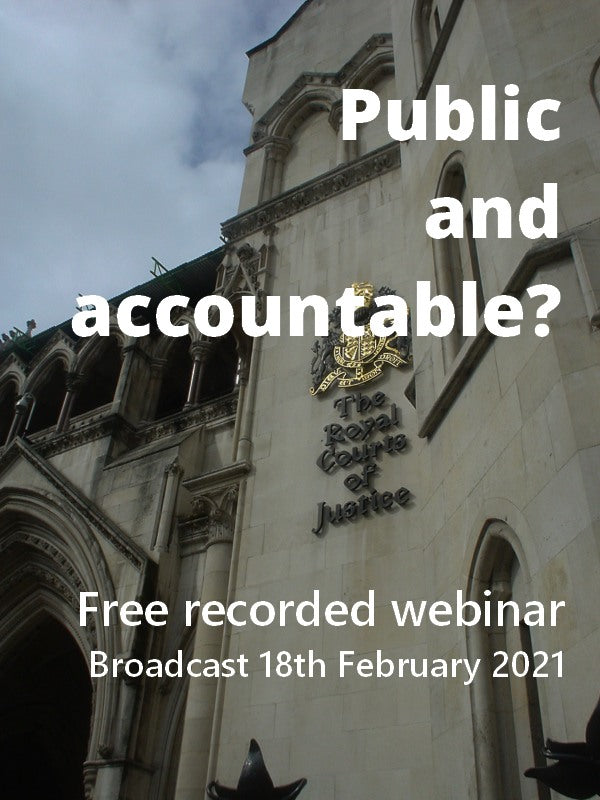This blog post is one of a series of extracts from Insolvency Law Made Clear: A Guide for Debtors, the plain English, practical guidance for anyone facing demands over a debt they are struggling to pay.
-----------
The process of insolvency is different for companies and people. A person must be given the resources to carry on living while the bankruptcy order is in force and the chance to rebuild their lives after the bankruptcy is discharged. A company exists only because the law recognises its existence. When a company goes insolvent all its property can be taken away and the company can be dissolved.
The four most common legal processes that can happen to an insolvent company are:
1. In the short term, a company can go into administration. This protects the company from creditors enforcing their debts (for example, by repossessing property) and allows independent professionals (‘administrators’) to control the company rather than the directors. The administrators can then decide whether the company or part of it is viable, and if it is not, then the administrators can decide what to do next.
2. The company can enter into a ‘company voluntary arrangement’ (CVA). This is like an individual voluntary arrangement, but for a company. It occurs when over 75% of its creditors measured by their debt agree to accept a smaller amount, or to postpone the debt. As a result of a CVA, the company is no longer insolvent, since it can presumably meet the new commitments. If it cannot, it is likely to enter into one of the other processes.
3. The company can enter into ‘creditors’ voluntary liquidation’ (CVL). ‘Liquidation’ refers to the process when the company’s assets are sold, and the company can then be dissolved. It is the first stage to the ending of the life of a company. Creditor’s voluntary liquidation is when the company decides to put itself into liquidation, but because it is insolvent the liquidation is controlled by the creditors and not the company’s shareholders.
4. The company can enter into compulsory winding up. This is the only insolvency process which a company can be placed into involuntarily, although it may agree to give certain creditors the power to apply to the court to put the company into administration. Compulsory winding up can only happen by order of the court, and it is described in more detail in Chapter 13.
These will each be described in more detail below. The two most common processes for SMEs are either voluntary or compulsory liquidation, since administration is expensive and CVAs are unpopular with creditors.
--------------
Read more and buy the book here.




